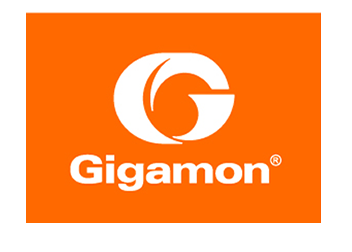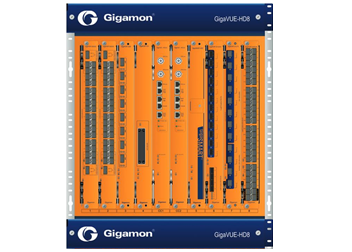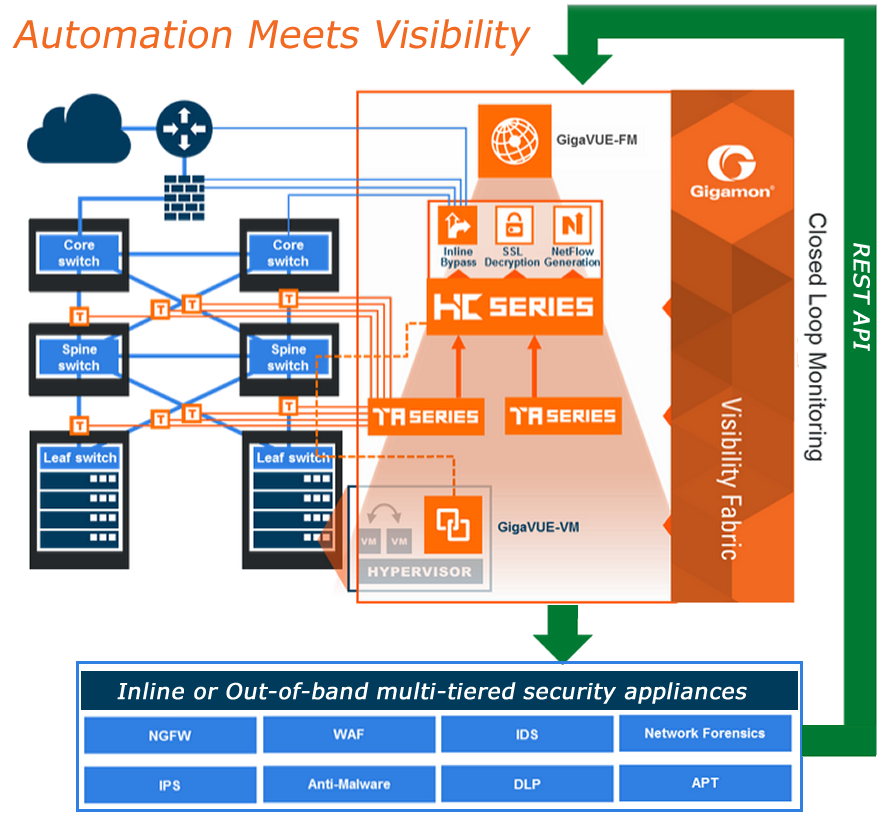Gigamon Unified Visibility Fabric for Physical, Virtual, and Cloud Monitoring Applications



on a White Box

Visibility Fabric Nodes - From Branch Office to Large Scale, High-speed Active Visibility Nodes


Gigamon Unified Visibility Fabric for Physical, Virtual, and Cloud Monitoring Applications




Visibility Fabric Nodes - From Branch Office to Large Scale, High-speed Active Visibility Nodes


Gigamon provides an intelligent Visibility Fabric™ architecture for enterprises, data centers and service providers around the globe. This architecture provides intelligent visibility of traffic across both physical and virtual environments without affecting the performance or stability of production.
Gigamon’s GigaVUE-VM Visibility Fabric™ node provides an intelligent filtering technology that allows virtual machine (VM) traffic flows of interest to be monitored. As a VMware vSphere guest VM, the GigaVUE-VM fabric node is installed without the need for special software. With this solution, your organization can achieve the same packet-level traffic visibility between virtualized applications as is normally available between discrete physical applications and servers.
Software-Defined Visibility is a framework that allows users to control and program Gigamon’s Visibility Fabric via REST-based Application Program Interfaces (APIs). By writing programs that utilize Gigamon’s APIs, critical functions previously requiring manual intervention can be automated to improve responsiveness, enhance analysis and increase protection of key resources and information assets. With Software-Defined Visibility your staff can develop programs to automate Policy Management, simplify Provisioning and Ticketing, and improve Security.
Software-Defined Visibility: When Automation Meets Visibility
By: Ananda Rajagopal Vice President of Product Management, Gigamon
...." Visibility is undoubtedly the foundation to detect blind spots and hidden threats in the infrastructure. But what if the applications and various IT applications/appliances that receive traffic from the Visibility Fabric also had a way to dynamically respond to events they detect by programming the Visibility Fabric without waiting for administrative intervention? What if, for instance, a security appliance detects a threat pattern and had the capability to auto-adjust traffic to react and respond to threats? That is the motivation behind a new paradigm that we are launching today at RSA 2015 called ‘Software-Defined Visibility’ (SDV). SDV exposes a programmatic interface to the entire Visibility Fabric using open REST-based Application Programmer Interfaces (APIs)......" - See more
GigaSMART® technology extends the intelligence and value of the Gigamon Unified Visibility Fabric™ by enhancing your monitoring infrastructure and improving tool performance. A range of applications are available to optimize the traffic sent from your network to the tools you rely upon to monitor, manager, and secure that network. Operations can be “service chained” so traffic benefits from multiple functions at once, such as generating NetFlow after duplicates have been removed or stripping headers before load balancing to tools. Optional Features include Adaptive Packet Filtering, Tunneling, De-Duplication, Header Stripping, NetFlow Generation, Slicing, Masking, Source Port Labeling, SSL Decryption, Load Balancing, ERSPAN Termination, Packet Time-Stamping.
Infrastructure blind spots created by encapsulated and encrypted traffic are creating increasingly complex and seemingly undetectable security threats. Combined with the desire to embrace SDN technology, data center operators are increasingly acknowledging the value and criticality of pervasive and end-to-end visibility to deliver essential infrastructure monitoring. With a significant amount of traffic between different tiers of distributed applications happening below the spine switch in a data center, it is critical to have a scalable monitoring approach that provides the scale, intelligence, economics and richness of visibility to every rack in a large data center using an approach that is called by some operators as “TAP all”.

Please call OASYS at 973-838-5535 or email us at sales@oasyscorp.com to discuss your application or to request an evaluation of Gigamon products.
Provides intelligent traffic selection, filtering, and forwarding of VM packets to your monitoring tool infrastructure. The forwarded packets can be aggregated together with the physical and software defined network packets captured by other GigaVUE solutions creating a seamless end-to-end visibility solution across physical and virtual network infrastructure. Support for vMotion ensures the integrity of visibility in a dynamic infrastructure. Provides the ability to respond to disasters/failures without losing NOC insight and control. GigaVUE-VM instances are centrally managed with a single instance of GigaVUE-FM (Fabric Manager) which can discover multiple vCenters (up to 10) and configure policies for virtual workload traffic in hundreds (up to 1000) of hypervisors.